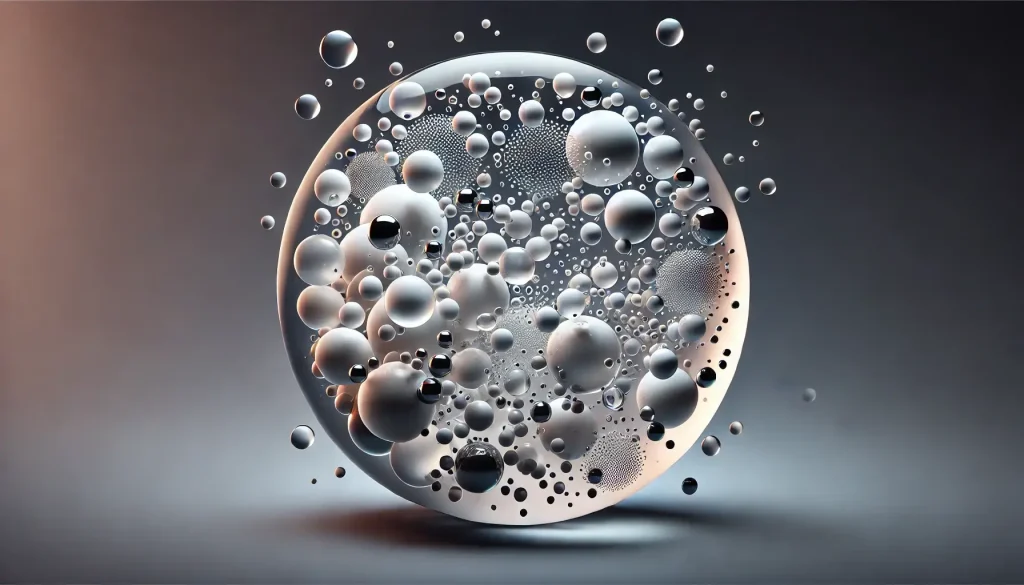Cholinergic Neurotransmitters U-3 Notes
Buy Premium
Get The High-Quality Pdf Notes on App
Cholinergic Neurotransmitters
Parasympathomimetic agents
Various Direct-Acting Parasympathomimetic Agents
Various Indirect-Acting Agents (Cholinesterase Inhibitors)
- Physostigmine
- Neostigmine*
- Pyridostigmine
- Edrophonium Chloride
- Tacrine Hydrochloride
- Ambenonium Chloride
- Isofluorphate (DFP – Diisopropyl fluorophosphate)
- Echothiophate Iodide
- Parathion
- Malathion
Cholinesterase Reactivator
Cholinergic Blocking agents
Solanaceous Alkaloids AND Analogues
- Atropine Sulfate
- Hyoscyamine Sulfate
- Scopolamine Hydrobromide
- Homatropine Hydrobromide
- Ipratropium Bromide*
Various Synthetic Cholinergic Blocking Agents
- Tropicamide
- Cyclopentolate Hydrochloride
- Clidinium Bromide
- Dicyclomine Hydrochloride*
- Glycopyrrolate
- Methantheline Bromide
- Propantheline Bromide
- Benztropine Mesylate
- Orphenadrine Citrate
- Biperiden Hydrochloride
- Procyclidine Hydrochloride*
- Tridihexethyl Chloride
- Isopropamide Iodide
- Ethopropazine Hydrochloride
Other Units of Medicinal Chemistry I
Medicinal Chemistry I
Other Subjects of B Pharmacy 4th Semester
Topic wise notes of:
Pharmacology I
- Introduction to Pharmacology & Pharmacokinetics
- Pharmacodynamics & Drug Interaction
- Pharmacology of drugs acting on peripheral nervous system
- Pharmacology of drugs acting on central nervous system-1
- Psychotropic Drugs
Topic wise notes of:
Physical Pharmaceutics II
- Colloidal dispersions
- Rheology & Deformation of solids
- Coarse dispersion
- Micromeretics
- Drug stability
Topic wise notes of:
Pharmacognosy & Phytochemistry I
- Pharmacognosy: Sources, Classification, and Quality Control
- Conservation and Cultivation of Medicinal Plants
- Plant tissue culture
- Role of Pharmacognosy and Secondary Metabolites
- Drugs of Natural Origin: Plant, Marine, and Primary Metabolites
Topic wise notes of:
Pharmaceutical Organic Chemistry III
- Stereo isomerism
- Geometrical isomerism
- Heterocyclic compounds
- Heterocycles: Synthesis, Reactions & Uses
- Reactions of synthetic importance
Cholinergic Neurotransmitters and Agents – Summary
Unit III explores the pharmacology of cholinergic neurotransmitters and their corresponding agents that act on the parasympathetic nervous system. It begins with the biosynthesis and catabolism of acetylcholine, a key neurotransmitter responsible for transmitting nerve impulses in cholinergic neurons.
The unit explains the cholinergic receptors, divided into muscarinic and nicotinic types, and their distribution in various organs. It then focuses on parasympathomimetic agents, both direct-acting (e.g., acetylcholine, methacholine, carbachol, bethanechol, pilocarpine) and their structure-activity relationships (SAR).
Further, it details indirect-acting cholinergic agents, specifically cholinesterase inhibitors. These are classified into reversible (e.g., neostigmine, physostigmine, edrophonium) and irreversible inhibitors (e.g., isofluorophate, echothiophate, parathion, malathion). These drugs prevent the breakdown of acetylcholine, enhancing its action at synapses. Additionally, pralidoxime chloride is covered as a cholinesterase reactivator, used in poisoning cases.
The unit also includes cholinergic blocking agents, highlighting SAR of cholinolytics. These include natural alkaloids like atropine and scopolamine, as well as synthetic analogues like ipratropium, dicyclomine, glycopyrrolate, and benztropine. These agents block acetylcholine at muscarinic receptors, useful in treating conditions like asthma, peptic ulcers, and Parkinson’s disease.
Overall, this unit gives a thorough understanding of cholinergic pharmacology and its clinical applications.
At FirstHope, we provide BPharm notes that are topic-wise, easy to understand, and designed strictly as per the AKTU and Other Universities, hence designed according to PCI syllabus.




